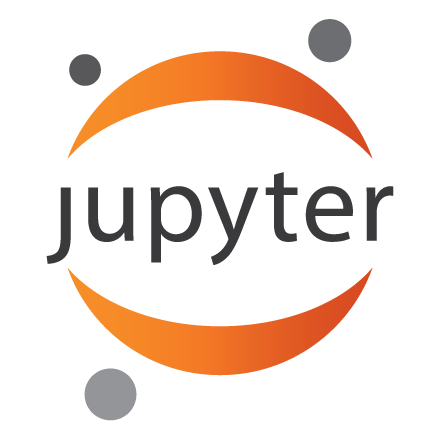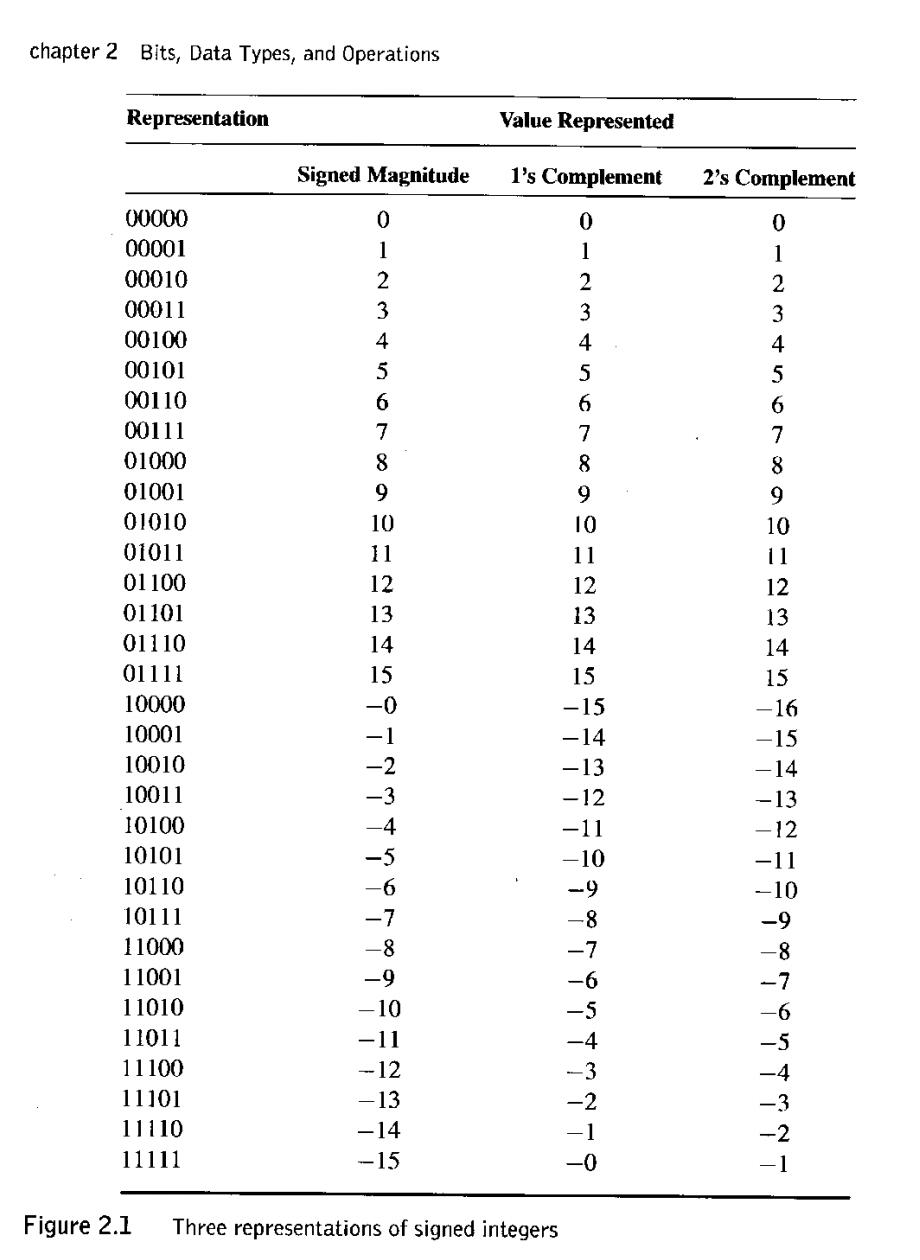
|
Jupyter at Bryn Mawr College |
|
|
| Public notebooks: /services/public/dblank / CS240 Computer Organization / 2017-Fall / Notebooks | |||
1. Bits, Data Types, and Operations¶
For today's class, we will work in small groups (two or three). One of you, open a blank notebook, and the others should close their laptops. We will trade-off typing as we go.
1.1 Representing Signed Integers¶
Three representations of signed integers:

Q1: What is unusual about two of the columns? There is a number there that you don't usually see.
1.2 Signed Magnitude¶
Q2: What is 11111 + 01111 ?
1.3 One's Complement¶
Q3: What is 10000 + 01111 ?
1.4 Two's Complement¶
Q4: Work out by hand: What is 10001 + 01111 ?
Q5: Work out by hand: What is the two's complement for -13?
Q6: Work out by hand: What is the two's complement for -57 ?
Q7: Using the LC-3, compute the following:
- a: 8 + -7
- b: 5 + 5
- c: -5 + -5
- d: -15 + 15
- e: -8 + 1
- f: -15 + -1
- g: -16 + -1
1.5 Binary to Decimal Conversion¶
NOTE: All binary will be in two's complement.
Q8: Work out by hand: convert 01000 to decimal
Q9: Work out by hand: convert 11000 to decimal
Q10: Work out by hand: convert 11111 to decimal
Q11: Work out by hand: convert 111111111 to decimal
Q12: Work out by hand: convert 000001000 to decimal
1.6 Decimal to Binary Conversion¶
Q13: Convert decimal 105 to binary
Q14: Convert decimal -105 to binary
Q15: convert decimal 99 to binary
Q16: convert decimal -14 to binary
1.7 Additional Additions¶
Explore the patterns of adding any two numbers to itself. Try positive and negative numbers.
Q17: Do you see a pattern? Describe it.
2. Logical Operations¶
Two new instructions:
Bitwise AND and NOT (16 bits each):
AND: 0101 DST SRC 1 VVVVV
NOT: 1001 DST SRC 111111where:
- DST - destination register, in three bits
- SRC - source register, in three bits
- VVVVV - value to AND with source register contents
Q18: Write out the truth tables for AND and NOT.
Q19: Write out the truth tables for OR and XOR
Q20: Try out the AND and NOT instructions on the LC-3. Do they work as described?